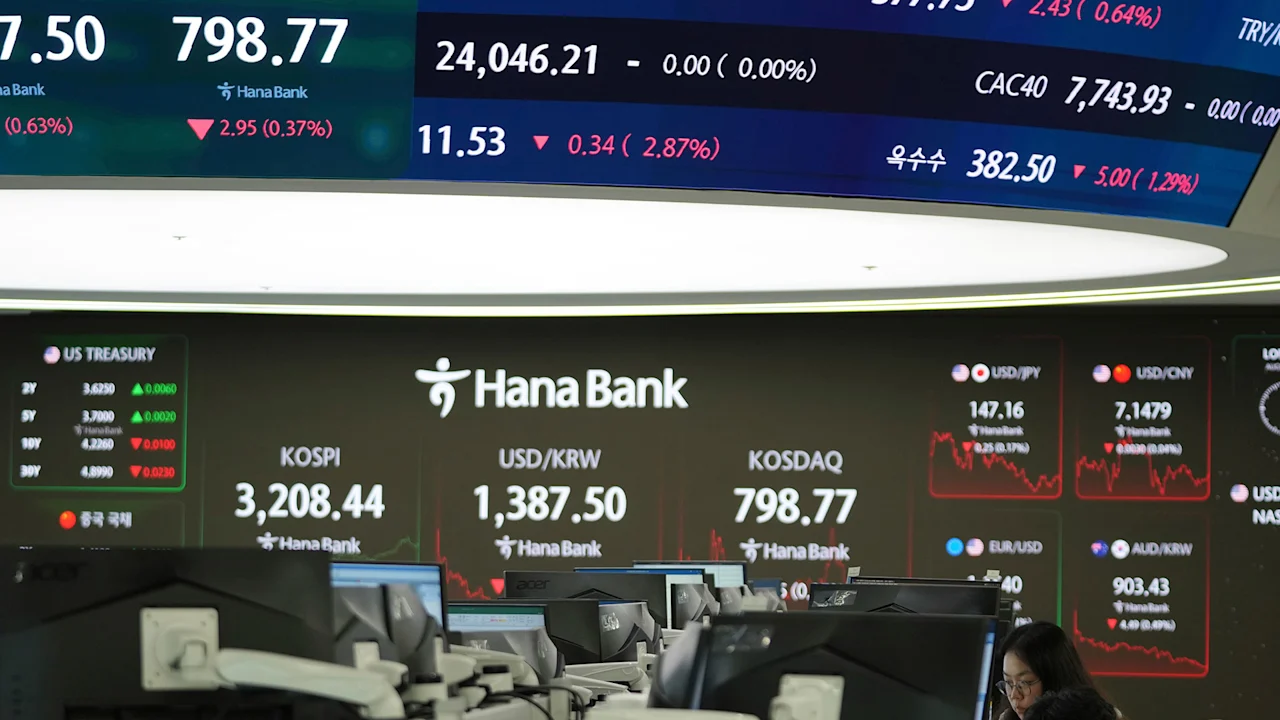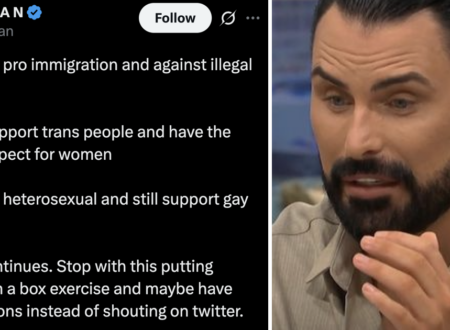How Gen X can prevent the Social Security disaster scenario

Sometimes, when a friend from high school finds out that I write about money, they will tell me their retirement plan is to assume they won’t survive the inevitable climate apocalypse. This is always said with an ironic smile, and often followed up with, “It’s not like Social Security is gonna be there for us, either.”
These dark comments don’t surprise me, considering I’m also a member of the generation that adopted “Oh well, whatever, never mind” as a rallying cry. I was born at the tail-end of Gen X, but I was card-carrying a latchkey kid who didn’t trust authority, consistently prepared myself for disappointment, and wore a mask of ironic detachment that has served me well throughout my life.
In fact, until I was asked to literally write the book on Social Security in 2015, I too believed that there would be no benefits available for me when I retired. It was what I’d been told, and it fit my skeptical worldview.
The truth is, our Social Security benefits may be in danger, but not in the way we Gen Xers have braced ourselves for. We need to recognize what’s going right with this program so we can understand what might go wrong—and then we can fight for the right to have a retirement party!
Distrust for the trust fund
Every few months, a new article will raise the alarm about the imminent depletion of the Social Security trust fund. According to current projections, the trust fund will be completely wiped out sometime around the year 2033.
Such articles are 100% factually correct—and completely beside the point. Because the trust fund isn’t really a trust fund and it doesn’t really matter if it’s empty. Here’s why:
The trust fund that isn’t
Social Security is designed as a direct transfer of funds from current workers to current beneficiaries. In the early days of the program, when the Social Security Administration (SSA) collected more in taxes than was owed in current benefits, the law specified that the overage would be invested in government debt (like Treasury bonds) at a guaranteed minimum interest rate of 3%. This is both the safest possible investment for government funds and the most responsible use of excess Social Security taxes, since such large amounts of money cannot sit around as cash.
However, even in the 1930s, there were critics who accused President Roosevelt and the new Social Security Administration of “embezzling” those excess taxes. To end the controversy, the government created the Old Age and Survivors’ Insurance (OASI) Trust Fund at the Treasury in 1939.
But the OASI is not actually a trust fund since it doesn’t have trustees with legal title or beneficiaries with an enforceable legal right to the property in trust. It’s just another account in the U.S. Treasury that FDR called a trust fund to get his critics off his back.
The trust fund’s bottom dollar
Semantics aside, the trust fund is on track to run out of money in about eight years.
(This is the moment when most Gen Xers would put on Exile in Guyville and think about why righteous rage feels better than hope.)
What you need to remember is that the trust fund is not the primary source of benefits. Once it has been depleted, the SSA can afford to pay 77% of promised benefits. At that point, all funds will come from direct handover from current workers to current beneficiaries. No one would claim that 77% of promised benefits is ideal, but it’s definitely not nothing.
Another important point to remember is that we’ve been here before. Back in 1983, Social Security faced a shortfall that was mere months away. The 1983 amendments to the Social Security Act ensured the trust fund operated with a surplus from 1984 to 2009.
Unfortunately, Congress in the 1970s (and earlier) knew the shortfall was coming in 1983. The U.S. government uses 75-year projections for its social insurance program, unlike any other country in the world. But if history is any guide, we may see Congress wait until the last minute to do anything, just like their predecessors in the early 80s did.
What could keep Gen X from collecting Social Security
The trust fund insolvency issue can be fixed by Congressional action, but that’s rarely mentioned in articles discussing the imminent shortfall. There is nothing stopping Congress from acting to fix this shortfall. While the dwindling trust fund is a problem, it’s a workable one, provided Congress quits twiddling its thumbs.
However, there are potential problems that could keep Social Security benefits out of Gen X hands. (And millennial, Gen Z, etc., if we’re interested in protecting the whippersnappers, too).
Recognizing the actual potential disasters can help us put our considerable take-no-prisoners energy where it belongs.
Worker-to-beneficiary ratio
There has been quite a lot of ink spilled about lowered birth rates in America. Other than breaking a number of would-be grandparents’ hearts, this may seem to have nothing to do with Social Security—but a country with a lower birth rate and an aging population will have fewer workers to pay into its social insurance program.
While the current administration has suggested some pronatalist policy proposals to reverse our declining birth rates—including offering a $5,000 baby bonus to new mothers—there are better and more effective alternatives.
Specifically, immigration is a huge net benefit to the worker-to-beneficiary ratio for Social Security. Noncitizens who are eligible to work in the United States receive a Social Security number—and they pay into the Social Security system—but they are not eligible for benefits. And new immigrants who become citizens help lower the age of the population, skewing the ratio toward workers. This is why making immigration easier is one of the best ways to protect our Social Security benefits while we wait for Congress to get going on fixing the shortfall.
Privatization of Social Security
Twenty years ago, President Bush made waves when he suggested privatizing Social Security via voluntary personal retirement accounts. The public wasn’t impressed, and the idea was quietly shelved.
Until now. Recently, Treasury Secretary Scott Bessent suggested that the newly created tax-deferred investment accounts that have been dubbed “Trump accounts” could serve as a backdoor to Social Security privatization, although the Treasury has since backed away from the comments.
Proponents of privatization claim that it would be more fair than the current system, since it allows workers to control how much they put aside and where it is invested. But such proponents misunderstand the point of Social Security—it’s a safety net for our most vulnerable citizens.
Social Security is a guaranteed source of income backed by the full faith and credit of the United States government—which is as close to certainty as is possible to get in this world. Privatizing this program would change it into just another investment vehicle with zero guarantees.
Privatization might sound like a good deal if you think you’re gambling with something that may not be there. But Social Security is a sure thing, making privatization more like playing dice with a game you were guaranteed to win.
Social Security has long been called the third rail of politics, as George Bush quickly learned in 2005 (and at the height of his popularity)! It’s our job to ensure our representatives keep their hands off it—or else get a nasty shock.
Believe in life after Social Security
Being the bomb-proof generation that’s never surprised by disappointment is a double-edged sword. We’ve learned to navigate a lot of crap with grace and gallows humor, but it’s also left us vulnerable to fixating on worst-case scenarios.
After a lifetime of being told Social Security benefits would dry up before we retired, Gen X may be unprepared for the real disasters this important program might face. Yes, the trust fund is projected to run out of funds in less than a decade, at which point beneficiaries can only count on 77% of promised benefits. But that’s not the real issue, because Congress can work to fix it anytime they want to get off their rear ends.
One of the real dangers is the change in worker-to-beneficiary ratio as the American birth rate declines and the population ages. Making immigration easier is one of the most effective and efficient ways to improve this problem and is something Gen X can vote for locally and nationally.
The suggestion of privatization is another potential danger, since it would trade the surety of guaranteed Social Security income—backed by the full faith and credit of Uncle Sam—for the risk of another investment vehicle.
These dangers are more likely to occur if you’re sure Social Security won’t be there for you. Why do you think The Man has convinced you that you can’t retire?
What's Your Reaction?
 Like
0
Like
0
 Dislike
0
Dislike
0
 Love
0
Love
0
 Funny
0
Funny
0
 Angry
0
Angry
0
 Sad
0
Sad
0
 Wow
0
Wow
0





























































































